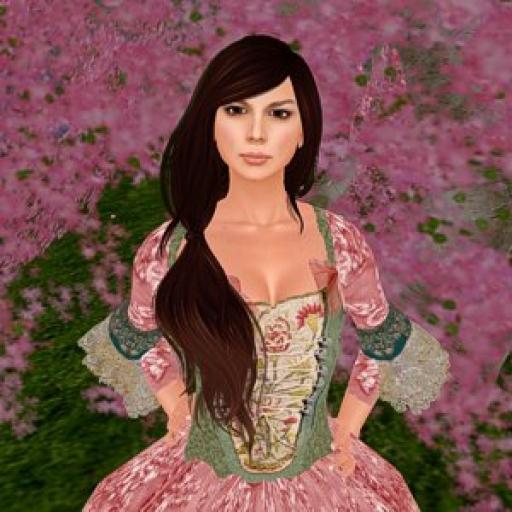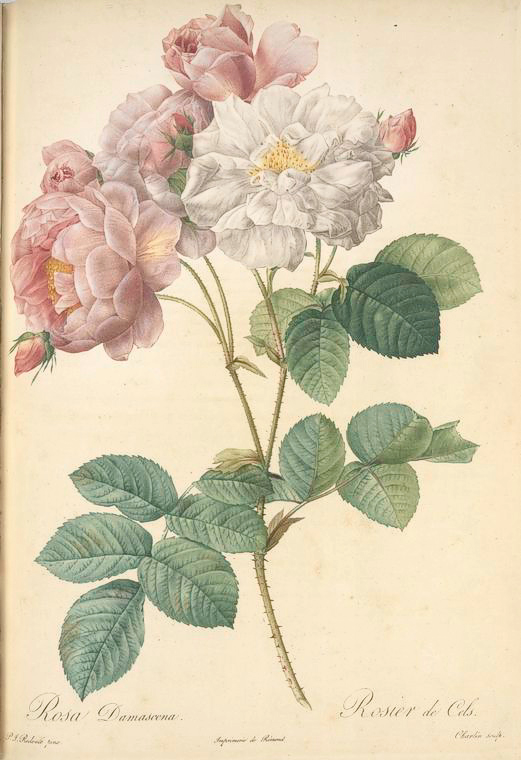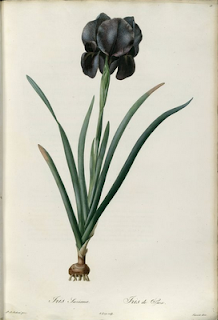
Avatar: TatianaDokuchic Varriale
VW: Second Life
Location: Ottawa, ON
Country: CA
VW: Second Life
Location: Ottawa, ON
Country: CA

The Remarkable Redouté
Nicknamed "The Raphael of flowers", Pierre-Joseph Redout (1759-1840) was an artist entranced by the beauty of nature. Born to a family of painters, Redout began his career as a religious artist, travelling around Europe decorating various churches. Eventually he made his way to Paris, concentrating his talents on botanical illustration. His beautiful renditions of roses, lilies and other "specimens" elevated work of scientific accuracy and classifications to the realm of magnificent art which is still enjoyed today.
Redout became an official court artist and the personal art teacher of Marie Antoinette, painting the gardens of Le Petit Trianon. In 1798, Empress Josephine became his patron and the gardens of her beloved Malmaison one of his subjects.
A designer for the French Academy of Sciences as well as the Professor of Plant Iconography at the Royal Gardens, Redout lived a long and active life.
I've always had bits of Redoute's work gracing my RL home and so I was delighted to learned of their connection to Marie Antoinette and the court of France. With the long Canadian winter approaching I know that I will be turning my eyes to his wonderful roses as a promise of the summer to come.



Such a welcome and charming addition to this site, Tatiana, and so beautifully written as always!My parents had ( well, they still have) a book of Redout's illustrated roses, I did not care too much for it in my younger days, but your post brought back some sweet memories: next time I meet them,I'll go reach this book in their library:-)
Thank you, Lord Myron. I'm so glad that you enjoyed it!Many years ago I bought three framed Redout Rose prints (including the one pictured). I remember questioning the sales associate about a small flaw in one of them. Her answer "My dear, those are French antiques!" Little did I know
so you have original ones? *faints*thats indeed quite a treasure!thank you for sharing this with us. it is indeed beautifully written. and also these two illustrations are lovely - the first one depicting one of my favourite flowers
Well, I have one's that were made from the original engravings. My guess is that there are a lot of them floating around out there as the engraving plates are still in excellent condition.Way back then I had no idea who Redout was or anything about the history behind them, I just knew that I like the pictures - lol.The roses are my favourite as well.